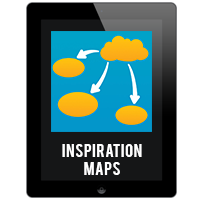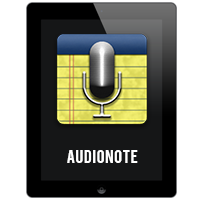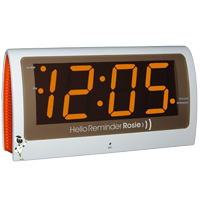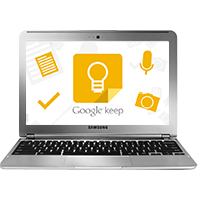What is Assistive Technology for organization support? Assistive technology (AT) tools can help a person plan, organize, and keep track of his calendar, schedule, and homework. AT can be anything that helps support someone with weak organization skills that affect the ability to store and retrieve information for learning. Assistive technology can help students use self-monitoring techniques, visual organization, and time management. “Executive functions” are high-level mental abilities that direct attention and memory and help us to plan, organize, pay attention to and remember details, start and stop actions, form concepts and think abstractly.
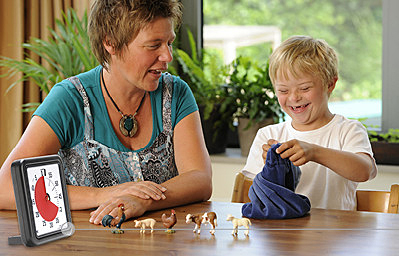 When do I need to use them? Students need the right tools (such as notebooks and assignment pads) and basic study skills (such as reading and note-taking skills) to be successful in school.
When do I need to use them? Students need the right tools (such as notebooks and assignment pads) and basic study skills (such as reading and note-taking skills) to be successful in school.
Who? Weak executive functioning skills can be common in individuals with ADHD and learning issues like dyslexia. There are strategies that can be learned to help organize thoughts and belongings at home, school, work, and community.
Why are strong organizational skills important?
Strong or weak organization skills affect learning in four key ways:
- Following directions
- Learning to read
- Literacy learning (combination of reading, writing, and grammar)
- Learning math. See AT Discovery for Math
Where in an education setting is "organization" as a skillset needed? To be successful throughout the educational process and school system, a student must develop good organization skills to make sure that he is not causing a barrier to the development of his tasks and projects.
Resources for Organization (part of Learning, Cognition & Development)
AT3 Center Videos on Organization
EasterSeals Crossroads -
INDATAProject TechTip Videos
Easter Seals Crossroads has been providing assistive technology solutions in Indiana since 1979. In 2007, Easter Seals Crossroads partnered with the State of Indiana, Bureau of Rehabilitative Services to establish the Indiana Assistive Technology Act (INDATA) Project. The INDATA Project offers excellent videos and Podcasts that provide timely updates on new assistive technology.
Here's INDATA's YouTube video playlist for Tech Tips for Organization.
INDATA also offers three Podcasts that you can listen to, or subscribe to, on this page. At the top right of any of these pages you can search for a specific disability category.
The AT3Center.net wishes to thank the INDATA Project for their expertise and excellence in advancing access and awareness of assistive technology.
Information on this page addresses Assistive Technology for people with organization disabilities in...
EDUCATION | EMPLOYMENT | COMMUNITY LIVING
(click the titles above to jump to the content area)
EDUCATION
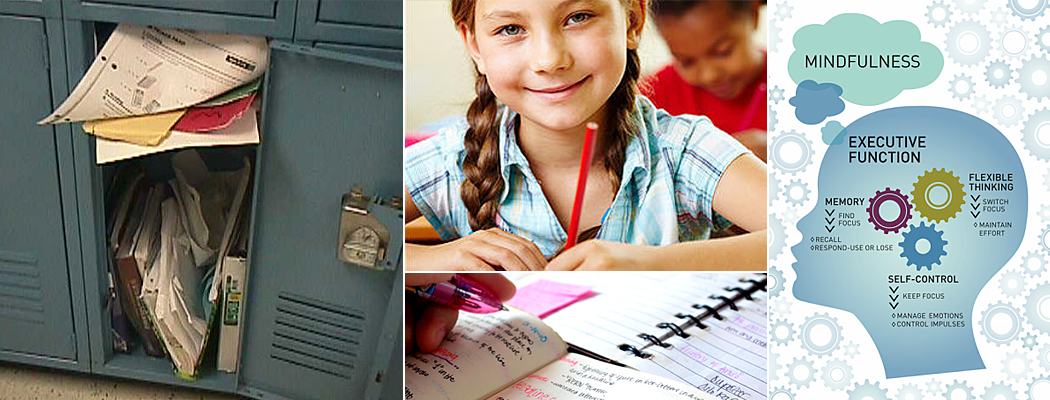
Talking Points for Organization Assistive Technology in Education
For students who struggle with time management, prioritization, organization, and focus, there are a variety of no tech, low tech, mid tech, and high tech aids and AT that can help. Students often lack self-monitoring skills, but there are a variety ways to help them learn to stop being distracted or to notice when they are off task. Think of these tools as that gentle little nudge we all sometimes need when we just aren't on our game.
The category of Education encompasses children - young and old - who are participating as a student whether at the pre-school, elementary, middle/junior/high school levels as well as institutions for higher education. The following talking points are most applicable to students grades preschool through high school.
For children transitioning into the public school at age 3 - To ensure successful AT transitions for children turning 3 years old, it is important for any AT the child is currently using or may need to use in school, whether written into the child's Individualized Family Service Plan (IFSP) or not, be incorporated into the child's Individualized Education Program (IEP). You'll find this information in the Community section below.
For students transitioning into the community or employment settings upon high school graduation - To ensure successful AT transitions for students aging out of school services, it is important for any AT the student is currently using or may need to pursue employment outcomes, whether written into the child's Individualized Education Program (IEP) or not, be incorporated into the student's Individualized Plan for Employment (IPE). IPEs are developed through collaboration with the state vocational rehabilitation agency using a Vocational Rehabilitation (VR) Counselor. You'll find this information in the Employment section below.
Situations Where a Child Might Need Assistive Technology for Organization:
School Environment
- K-12 classes
- Extracurricular activities (band, athletics)
- Group projects
Socialization
- Making time for friendships and activities
- Managing time and social media
Family / Home Environment
- Homework
- Studying for quizzes or tests
- Time management
- Organization and planning
Community
- Extracurricular activities
- Volunteer opportunities
- Time management to attend events
Commonly Asked Questions for a Student Who Has Organization Needs
Please listen to this section and/or download a transcript here: TXT format
Solutions for Students with Organization Needs
(click to open the accordions below)
| Helpful Links & PDF Resources |
|---|
| Understood.org and Understood Tech Finder |
| Online Rubric Maker for Teachers |
| Online Website Bookmarking Tool |
| AskJan.org maintains "Searchable Online Accommodation Resource (SOAR) system designed to let users explore various accommodation options for people with disabilities in educational settings. |
| At a Glance: Classroom Accommodations for Executive Functioning Issues |
| 8 Key Executive Functions Explained |
| Video/Webinar/Podcast Resources |
|---|
| Video: Free to Low-Cost Assistive Technology Solutions– Explore free to low-cost (under $50) AT solutions for multiple disability categories including communication. |
| Video: Assistive Technology for Learning and Cognition |
| Video: Assistive Technology in Action Video Series |
| Webinar: Learning, Cognition, and Development |
Situations Where an Individual Might Need Assistive Technology for Organization
Work Environment
- Interview process
- Meetings
- Trainings
- Daily tasks
Socialization
- Work lunches
- Social media
- Telecommunication
- Group and committee activities
Family / Home Environment
- Time management
- Organization and planning
Community
- Extracurricular activities
- Volunteer opportunities
- Time management to attend events
Solutions for Individuals with Organization Needs
(click to open the accordions below)
| Video Resources |
|---|
| Free to Low-Cost Assistive Technology Solutions |
Talking Points for Assistive Technology for Organization in Community Living
The category of Community Living encompasses infants and toddlers who are under the age of 3 and not yet in school, those people who were born with or have acquired an injury and are otherwise participating in community activities (not as students or employees) as well as those who are aging in the home. The following talking points are applicable to individuals with disabilities as well as family members and others providing support and care to these individuals with disabilities.
Sometimes an individual will make it to adulthood and have the necessary assistive technology to participate in the community and at home. When that is the case, these pages will show other considerations regarding accessibility and accommodations. When the person requires additional tools to participate, the Human Activity Assistive Technology (HAAT) model will be used to show how an individual might best match up with a piece of AT to be used in the community and at home
For those children transitioning into the public school at age 3 - To ensure successful AT transitions for children turning 3 years old, it is important for any AT the child is currently using or may need to use in school, whether written into the child's Individual Family Service Plan (IFSP) or not, be incorporated into the child's Individualized Education Program (IEP).
Link to Education section
Situations where an individual might need assistive technology for Organization
Socialization
- Making time for friendships and activities
- Managing time, social media, and telecommunications
Community
- Work and School
- Shopping
- Various appointments
- Transportation around the community
- Entertainment and sports
- Friends' houses
- Library
- Post Office
- Extracurricular Activities
- Volunteer opportunities
- Time management to attend events
Family/Home Environment
- Paying bills
- TV/Radio
- Doing chores
- Games
- Computer tasks/games
- Time management
- Organization and planning
Solutions for Individuals with Organization Loss - Impairment - Needs
(click to open the accordions below)


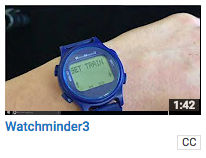

 Written or typed instructions sent via email or online classroom.
Written or typed instructions sent via email or online classroom. Child in kindergarten has trouble focusing and acts out.
Child in kindergarten has trouble focusing and acts out.

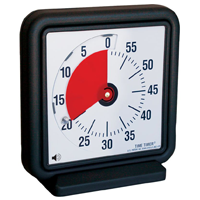
 Executive functioning issues
Executive functioning issues
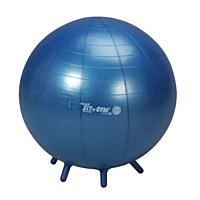
 High school student with ADHD has self-monitoring difficulties.
High school student with ADHD has self-monitoring difficulties.
 Reduce distractions by: using sound absorption panels and other noise masking products
Reduce distractions by: using sound absorption panels and other noise masking products Providing training materials in audio tape or print copy
Providing training materials in audio tape or print copy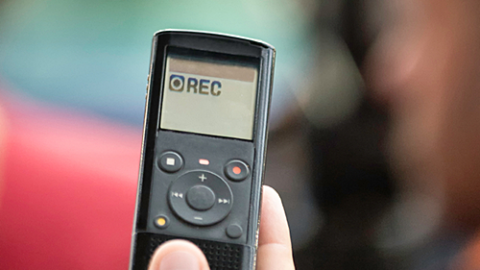 A clerical worker with auditory processing disorder worked for a large employer where different work assignments were handed out daily. To ensure the job assignment was accurate, the employee used a voice recorder to capture information about the work assignment, such as the job location, the supervisor’s name, and tasks to be completed. To refresh his memory, the employee was able to listen to this recorded information whenever necessary, sometimes several times each day.
A clerical worker with auditory processing disorder worked for a large employer where different work assignments were handed out daily. To ensure the job assignment was accurate, the employee used a voice recorder to capture information about the work assignment, such as the job location, the supervisor’s name, and tasks to be completed. To refresh his memory, the employee was able to listen to this recorded information whenever necessary, sometimes several times each day.
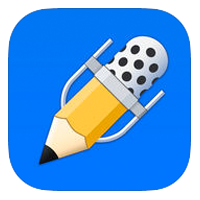
 The employee had difficulty remembering task sequences of the job. The supervisor provided written instructions, whereby each major task was broken down into smaller, sequential sub-parts. Each subpart was color-coded for easy reference (green means start, red means stop).
The employee had difficulty remembering task sequences of the job. The supervisor provided written instructions, whereby each major task was broken down into smaller, sequential sub-parts. Each subpart was color-coded for easy reference (green means start, red means stop).
 An employee with executive function disorder was promoted to sales manager in a busy electronics store. The new job functions included managing multiple employees, writing training procedures, conducting employee hiring and performance reviews, and leading inventory checks each month. The employee discussed the new job functions with his supervisor and discussed some strategies the employee had used in school and college to help him succeed in those areas of weakness.
An employee with executive function disorder was promoted to sales manager in a busy electronics store. The new job functions included managing multiple employees, writing training procedures, conducting employee hiring and performance reviews, and leading inventory checks each month. The employee discussed the new job functions with his supervisor and discussed some strategies the employee had used in school and college to help him succeed in those areas of weakness.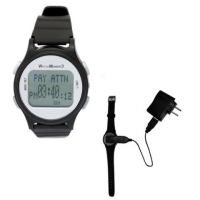
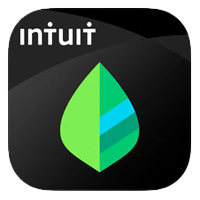
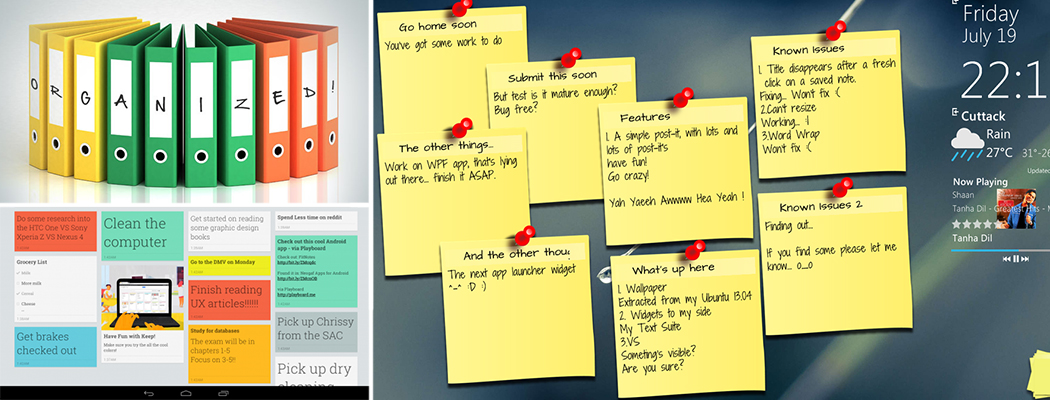
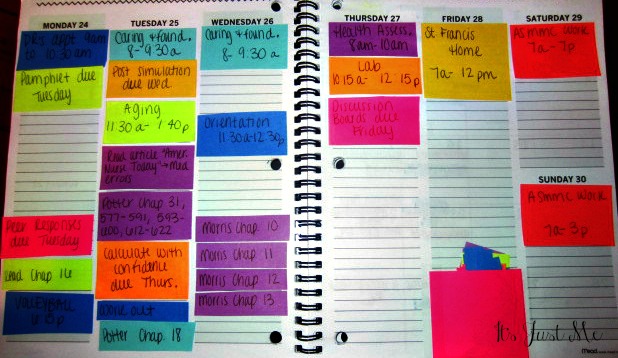
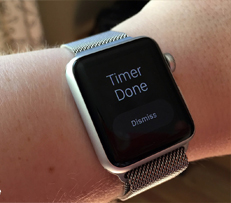
 It is a lifelong disorder characterized by impairments in social and communicative functioning and the presence of restricted interests/repetitive behaviors. Recent estimates indicate that nearly 70 % of individuals with ASD do not have an intellectual disability. In fact, many have strong academic skills such as Sam. Sam maintained a very high GPA in high school and college, but without the structure of school and known due dates, he struggles with organization at home in areas such as paying bills on time, making an appointments for doctor visits, and showing up to work on time.
It is a lifelong disorder characterized by impairments in social and communicative functioning and the presence of restricted interests/repetitive behaviors. Recent estimates indicate that nearly 70 % of individuals with ASD do not have an intellectual disability. In fact, many have strong academic skills such as Sam. Sam maintained a very high GPA in high school and college, but without the structure of school and known due dates, he struggles with organization at home in areas such as paying bills on time, making an appointments for doctor visits, and showing up to work on time. Sam uses technology every day with his phone and computer.
Sam uses technology every day with his phone and computer. 